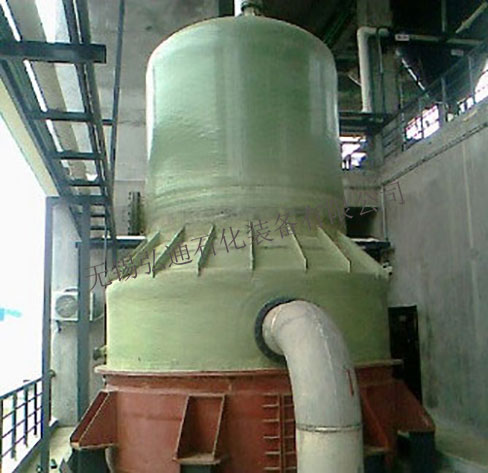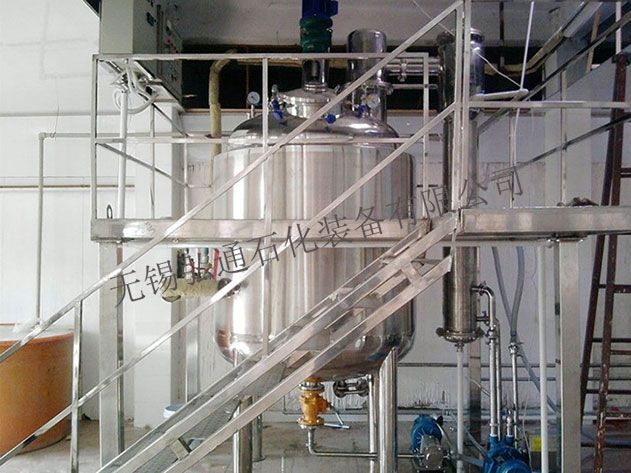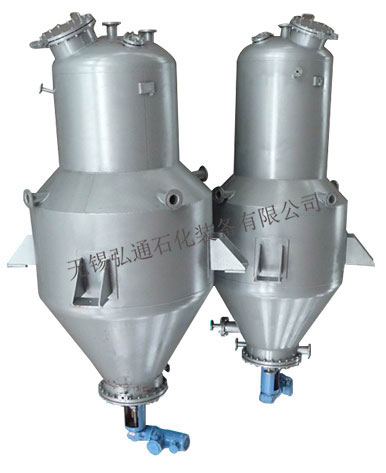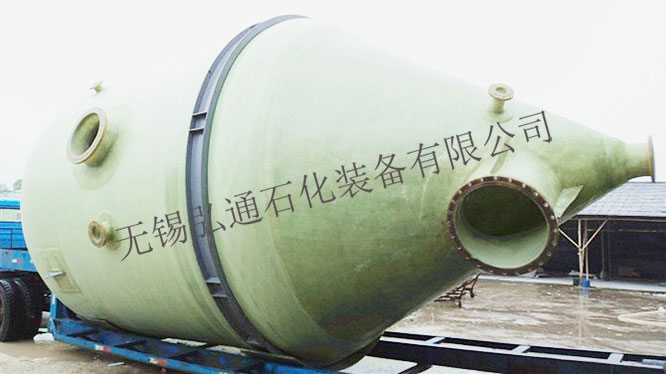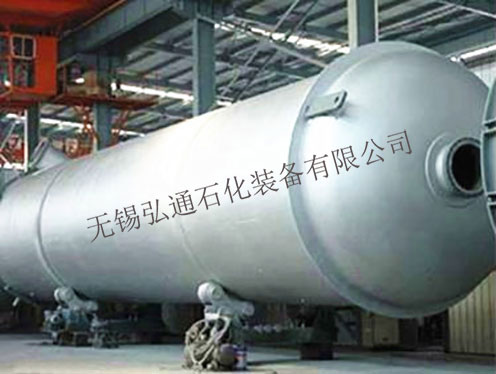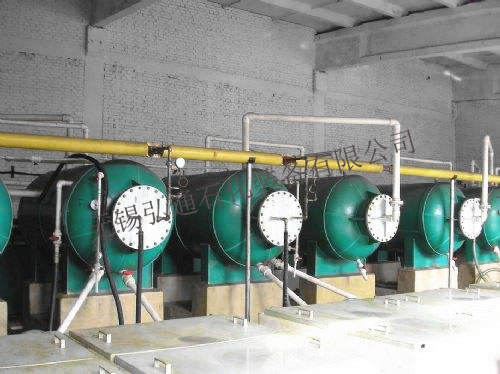原理介紹/Working Principle
使溶液在真空下閃急蒸發(fā)而絕熱冷卻的結晶方法����。真空結晶實質上是同時依靠濃縮與冷卻來產生過飽和度而結晶。真空冷卻結晶操作條件為:真空度2000-4000 Pa����,結晶平均停流時間1.5~2.0 h,冷卻終點溫度30-35 ℃���。真空冷卻結晶在中高溫段具有優(yōu)勢���,但是在低于40 ℃時���,能耗幅度會上升����。
A method of crystallizing a solution in a vacuum with rapid evaporation and adiabatic cooling. Vacuum crystallization essentially relies on concentrating and cooling at the same time to produce supersaturation to crystallization. The operating conditions are vacuum degree of 2000-4000Pa. The average residue time of crystals is 1.5~2.0 H. The cooling end temperature is 30-35 ℃. Vacuum cooling crystallization has obvious advantages in the medium and high temperature range, but the energy consumption range will increase significantly below 40 ℃.
結晶機選型/Crystallizer Selection
真空結晶機較為合理,真空結晶機是一種結晶設備����,物料溫度可控,其獨特的結構和工作原理決定了它具有傳熱效率高����、配置簡單、操作控制方便��、操作環(huán)境好等特點���。結晶器內外壁拋光��,減小物料在內壁結疤現(xiàn)象���;晶漿過飽和度均勻,粒度分布良好����,實現(xiàn)了率;相對能耗低�;下部安裝出料閥可實現(xiàn)連續(xù)生產。
Vacuum crystallizer is a kind of high efficiency crystallization equipment with controllable material temperature. Its unique structure and working principle determine that it has the characteristics of high heat transfer efficiency, simple configuration, convenient operation and control and good operating environment. The inner and outer wall of the crystallizer are polished so as to reduce the scabs on the wall. High degree of supersaturation and good particle size distribution lead to high efficiency. The energy consumption is relatively low, and the discharge valve at the lower part can realize continuous production.
